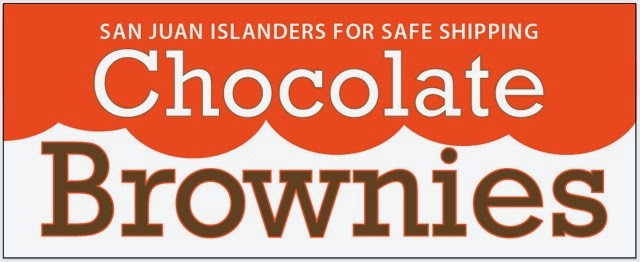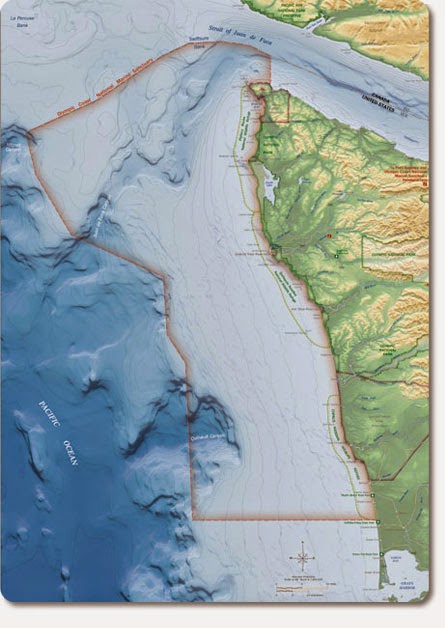The little ones are the easiest, despite what expectations might be drilled into their heads by television advertising or other kids at school. The older they get, the harder it gets to match taste, budget and expectation. As for adults, the style nowadays is to eschew ‘things’ in favor of ‘experiences’ but one needs to be pretty brave to gift an evening of candles and amateur massage in lieu of a spa afternoon at the Chrysalis.
The gifts I am giving this year fall within my comfort level of used and new books I know well enough to give and items like guides and language aids that might enable an experience to be had. I’ve always admired people who are able to pick out the perfect piece of clothing, jewelry or pottery as gifts. Maybe the affordable part of gift giving is sacrificed for the meaningful; in any case I can’t be critical of something I can’t do.
By the end of Christmas day we will each have opened our gifts and I hope most are meaningful either because of what the giver meant or what the gift means in itself. I hope we will not be surrounded by different but simply more things. Too many things— stuff-- crowd our lives. I don’t mean gifts have to be jaw-dropping experiences or hand crafted; they can be things off the shelf but let them be imbued with a story that give them meaning: “I got that blue casserole dish for you only after knocking down two old ladies and snatching the last one off the shelf!”
Thinking about the equation of things-- where they are made, who makes them, who sells them, who buys them— I know that my part is in the buying end. When I buy, someone gets a wage, fair or unfair; someone gets a return on investment, fair or obscene. If I think about it too much, I start drawing all kinds of un-Christmas-like conclusions and family members remind me to get with the spirit of the season.
OK. That spirit for me isn’t with Charles Dickens and the old chestnut, A Christmas Carol, but with Dylan Thomas’s A Child’s Christmas in Wales, and one of the parts I like best is about presents, things, gifts, stuff:
"There were the Useful Presents: engulfing mufflers of the old coach days, and mittens made for giant sloths; zebra scarfs of a substance like silky gum that could be tug-o'-warred down to the galoshes; blinding tam-o'-shanters like patchwork tea cozies and bunny-suited busbies and balaclavas for victims of head-shrinking tribes; from aunts who always wore wool next to the skin there were mustached and rasping vests that made you wonder why the aunts had any skin left at all; and once I had a little crocheted nose bag from an aunt now, alas, no longer whinnying with us. And pictureless books in which small boys, though warned with quotations not to, would skate on Farmer Giles's pond and did and drowned; and books that told me everything about the wasp, except why."
"Go on to the Useless Presents."
"Bags of moist and many-colored jelly babies and a folded flag and a false nose and a tram-conductor's cap and a machine that punched tickets and rang a bell; never a catapult; once, by a mistake that no one could explain, a little hatchet; and a celluloid duck that made, when you pressed it, a most unducklike sound, a mewing moo that an ambitious cat might make who wished to be a cow; and a painting book in which I could make the grass, the trees, the sea and the animals any color I please, and still the dazzling sky-blue sheep are grazing in the red field under the rainbow-billed and pea-green birds. Hardboileds, toffee, fudge and allsorts, crunches, cracknel, humbugs, glaciers, marzipan, and butterwelsh for the Welsh. And troops of bright tin soldiers who, if they could not fight, could always run. And Snakes-and-Families and Happy Ladders. And Easy Hobbi-Games for Little Engineers, complete with instructions. Oh, easy for Leonardo! And a whistle to make the dogs bark to wake up the old man next door to make him beat on the wall with his stick to shake our picture off the wall. And a packet of cigarettes: you put one in your mouth and you stood at the corner of the street and you waited for hours, in vain, for an old lady to scold you for smoking a cigarette, and then with a smirk you ate it. And then it was breakfast under the balloons."
It’s a great piece of writing that is my touchstone for Christmas. Read the whole piece here, A Child’s Christmas in Wales.
Or, listen to the poet himself. Dylan Thomas, 1952: A Child's Christmas in Wales, A Story - Recorded at Steinway Hall, NY
Merry Christmas.
--Mike Sato






















